Sony FE 85 mm f/1.4 GM II
7. Coma, astigmatism and bokeh
Problems are visible only in the corner of full frame and they decrease noticeably on stopping down the aperture by 1 EV. The performance in this category can be described as moderate but you have to add the new model presents itself noticeably better than the older one.
| Center, f/1.4 | Corner APS-C, f/1.4 | Corner FF, f/1.4 |

|
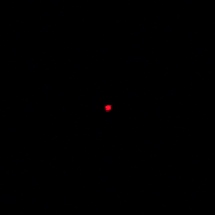
|
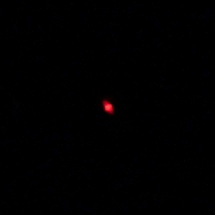
|
| Center, f/2.0 | Corner APS-C, f/2.0 | Corner FF, f/2.0 |
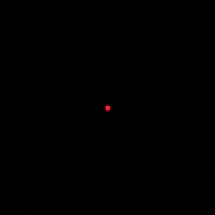
|

|
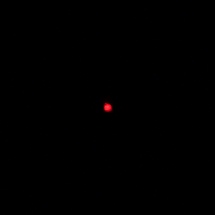
|
Please Support UsIf you enjoy our reviews and articles, and you want us to continue our work please, support our website by donating through PayPal. The funds are going to be used for paying our editorial team, renting servers, and equipping our testing studio; only that way we will be able to continue providing you interesting content for free. |
- - - - - - - - - - - - - - - - - - - - - - - - - - - - - - - - - - - - - - - - - - - - - - - -
In order to spice up the test a bit we want to show an image of a bright star that we positioned in the upper right-hand corner of the frame. The image corresponds well with photos of the diode, presented earlier.
| A7R IIIa, top right corner, f/1.4 | A7R IIIa, top right corner, f/2.0 |
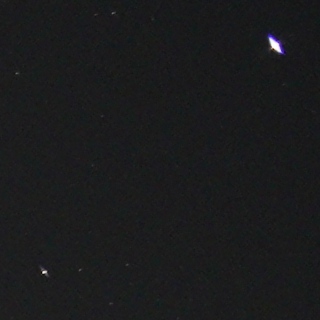
|
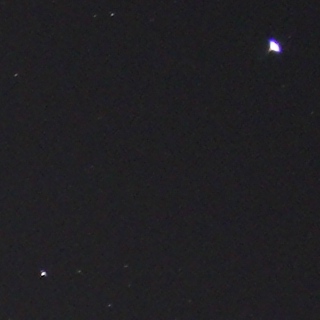
|
Astigmatism, understood as an average difference between vertical and horizontal MTF50 function values, is less pronounced than the coma. We determined its level as just 9.2% - a value on the borderline between low and moderate level, but officially still considered to be low.
The appearance of out-of-focus images is pleasing to the eye. Light spread in circles is even and onion-ring bokeh, despite using two aspherical elements, is just slightly noticed. A brighter rim that appears on more pronounced stopping down of the aperture is not especially intensive. Mechanical vignetting proves to be a slightly bigger problem – it makes itself felt even on stopping down the aperture by 2 EV.
| Center, f/1.4 | Corner APS-C, f/1.4 | Corner FF, f/1.4 |
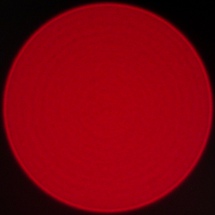
|
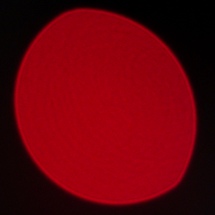
|
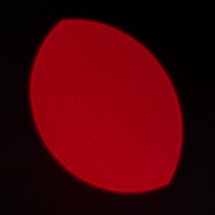
|
| Center, f/2.0 | Corner APS-C, f/2.0 | Corner FF, f/2.0 |
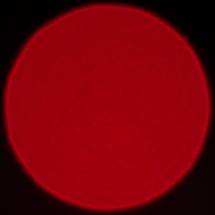
|

|

|
| Center, f/2.8 | Corner APS-C, f/2.8 | Corner FF, f/2.8 |
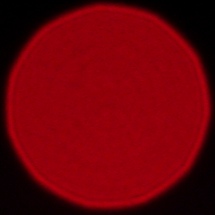
|
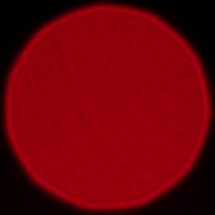
|
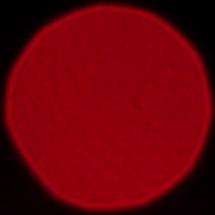
|






